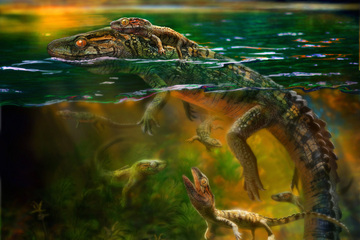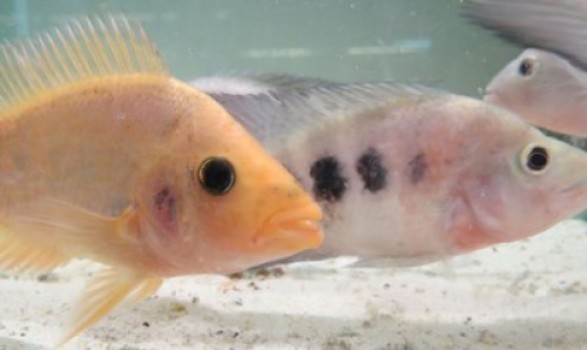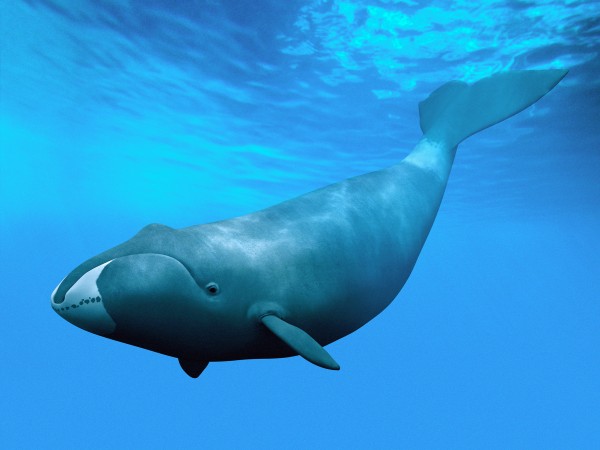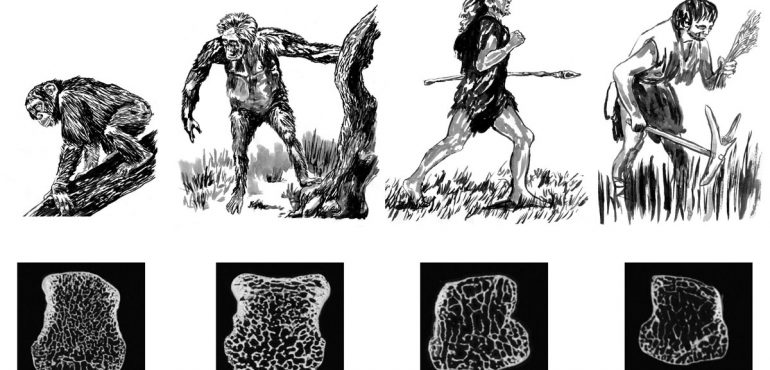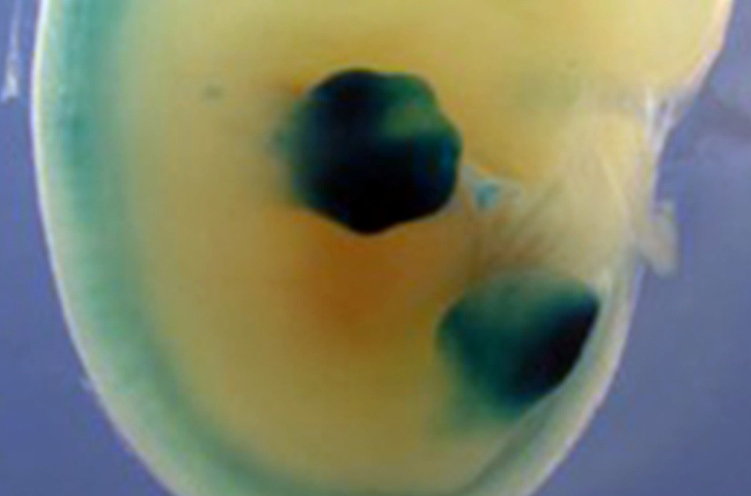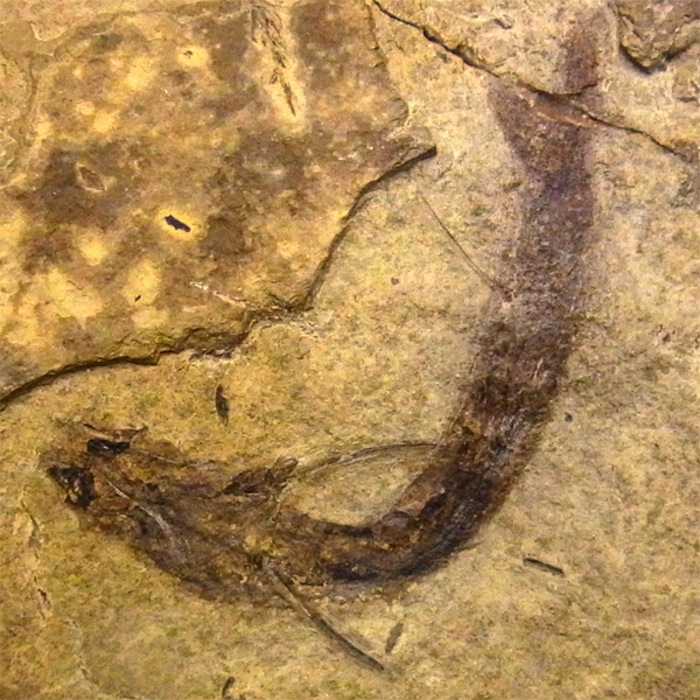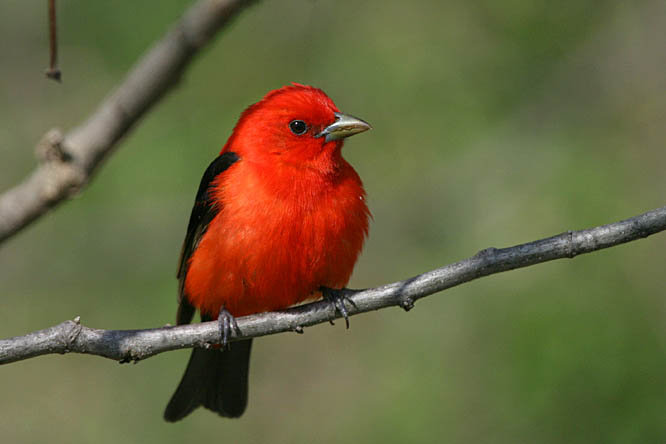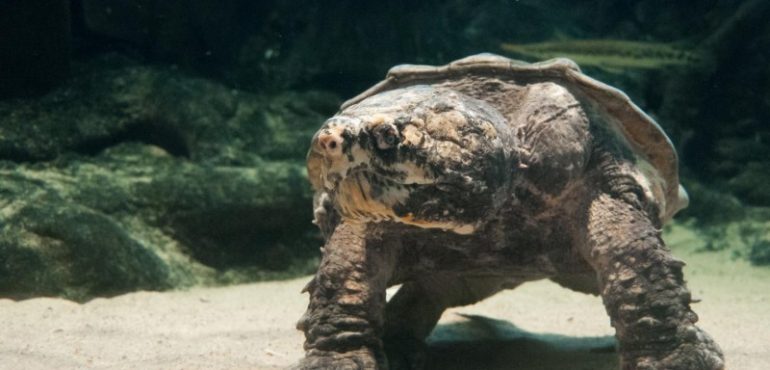New research details how a preserved fossil found in China could be the oldest record of post-natal parental care from the Middle Jurassic. The specimen, found by a farmer in China, is of an apparent family group with an adult, surrounded by six juveniles of the same species. Given that the smaller individuals are of…
Read more
Preserved fossil represents oldest record of parental care in group of prehistoric reptiles
